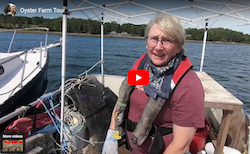
Oyster Farm Tour
Visit an oyster farm in Maine to learn about how oysters are grown and harvested.

Visit an oyster farm in Maine to learn about how oysters are grown and harvested.
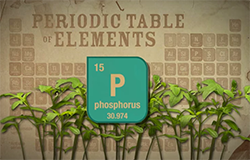
Phosphate is the "P" in N-P-K; one of three macronutrients that plants need to thrive. The Phosphate Mining video shows students the process of mining phosphate in the Southeastern region of the U.S. Take a close up look at where this element is found in the earth, how it is obtained, and how it is used as fertilizer to add nutrients to the soil to grow our food supply.
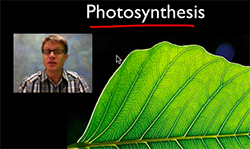
This 12-minute video clip describes and illustrates photosynthesis. It also addresses the Calvin Cycle and photorespiration.
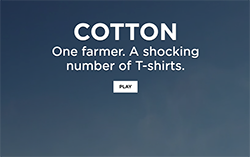
This link highlights the growth and production of the cotton plant. Begin with a short video clip about the growth of cotton including its history with slaves. Continue by learning about the modern use of genetic engineering in the cotton industry today. Following the video you can learn where cotton is grown across the world and what technology is used to plant, harvest, and process it into fabric.
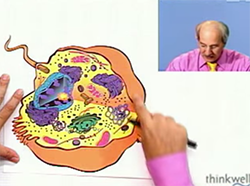
This 9-minute video clip teaches and reviews the function of each organelle within a cell.
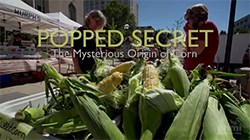
View this 17-minute video to learn about the origins of corn. Discover how the domestication of corn impacted society and what plant domestic corn originates from. This video supports lessons on the domestication of plants and genetic evolution.
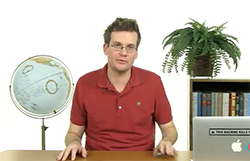
How many people can reasonably live on the Earth? Thomas Malthus got it totally wrong in the 19th century, but for some reason, he keeps coming up when we talk about population. In 1800, the human population of the Earth passed 1 billion, and Thomas Malthus posited that growth had hit its ceiling, and the population would level off and stop growing. He was totally wrong! There are 7 billion people on the planet now! John will teach a little about how Malthus made his calculations, and explain how Malthus came up with the wrong answer by not understanding the technological advances in agriculture that were improving population sustainability by providing a steady food supply.
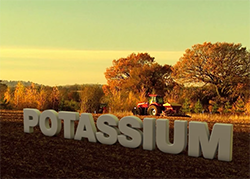
Potassium is the "K" in N-P-K; one of three macronutrients that plants need to thrive. The Potash Mining video shows students the process of mining potassium (potash). Take a close up look at where this element is found in the earth, how it it was formed anciently, and how it is mined and then used as fertilizer to add nutrients to the soil to grow our food supply.
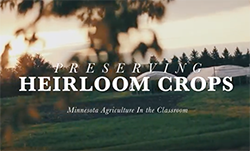
See and hear how groups such as the Wozupi Tribal Garden are working to preserve indigenous and heirloom crops. The crop varieties are preserved for taste, texture, and cultural relevance. These heirloom plants come from seeds that have been passed down for generations in a particular region or area. They are hand-selected by gardeners for a special trait.
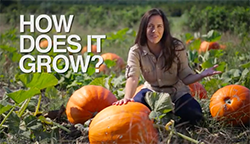
You've been duped: that "pumpkin" puree in the can isn't pumpkin at all — at least not the kind you think! We bust the great American pumpkin myth and discover why we grow 500 million pounds of the stuff each year — without eating any of it.
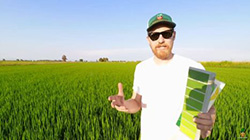
Your students might be surprised to know that rice grows in the USA. Rice Farming TV is educational and dynamic. The episodes are presented in chronological order throughout the growing season. Learn how rice is planted, harvested, and more.
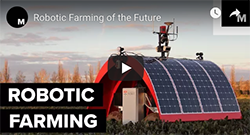
The University of Sydney's Australian Centre for Field Robotics are pioneers when it comes to robotic farming. Having developed a series of driverless tractors, they give us a sneak peek of how future farms and orchards will operate in the era of mass automation.